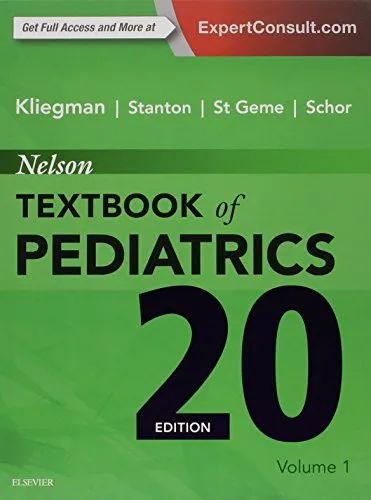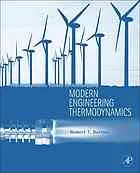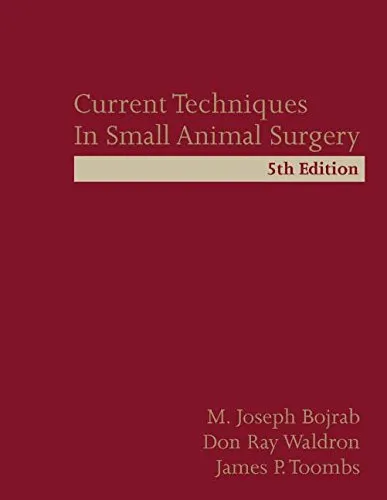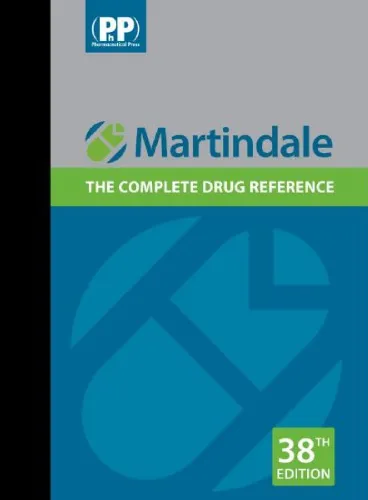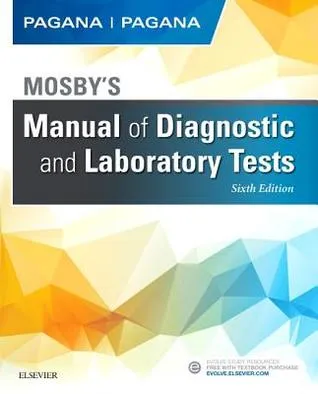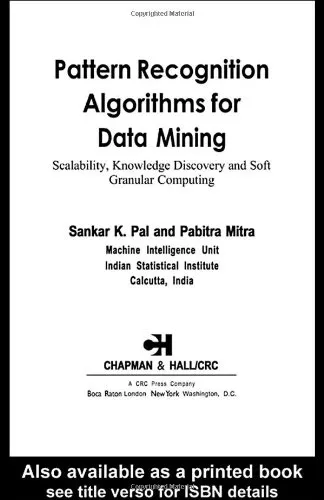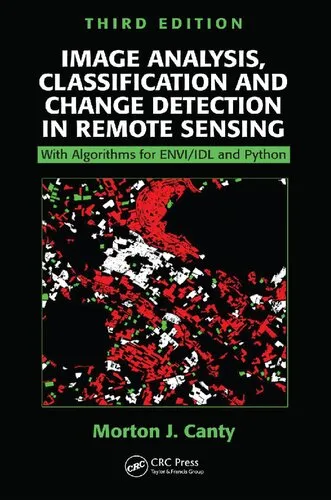Dictionary of the Fungi
4.5
بر اساس نظر کاربران

شما میتونید سوالاتتون در باره کتاب رو از هوش مصنوعیش بعد از ورود بپرسید
هر دانلود یا پرسش از هوش مصنوعی 2 امتیاز لازم دارد، برای بدست آوردن امتیاز رایگان، به صفحه ی راهنمای امتیازات سر بزنید و یک سری کار ارزشمند انجام بدینکتاب های مرتبط:
معرفی کتاب "Dictionary of the Fungi"
کتاب "Dictionary of the Fungi" یک منبع ارزشمند و جامع است که به عنوان یکی از مراجع استاندارد در زمینه میکولوژی شناخته میشود. این کتاب با رویکردی علمی به معرفی و توصیف قارچها، اصطلاحات تخصصی، و طبقهبندی آنها پرداخته است. در ادامه به بررسی جزئیات این اثر علمی میپردازیم.
خلاصه اجمالی کتاب
این کتاب یک واژهنامه جامع درباره دنیای قارچها است که برای پژوهشگران، دانشجویان، و علاقهمندان به علوم زیستی و کشاورزی طراحی شده است. "Dictionary of the Fungi" با استفاده از جدیدترین اطلاعات علمی به روز شده است و تمامی جنبههای مرتبط با قارچها از جمله طبقهبندی، زیستشناسی، اکولوژی، و اهمیت آنها در اکوسیستم را پوشش میدهد.
با بیش از 10,000 مدخل، این کتاب به عنوان یک منبع اصلی در دسترس متخصصان قرار دارد. از معرفی گونهها و جنسهای مختلف گرفته تا توضیح مفاهیم بنیادی مانند Phylogeny، Morphology و زندگی قارچها با دیگر موجودات زنده، این کتاب تمامی اطلاعات مورد نیاز را ارائه میدهد.
به علاوه، این اثر به نقش قارچها در محیط زیست، صنعت، و پزشکی نیز توجه خاصی دارد. موضوعاتی مانند استفاده از قارچها در تولید داروها (مانند آنتیبیوتیکها)، نقش آنها در فعالیتهای زیستمحیطی مانند کمپوستسازی و نیز مشکلاتی که میتوانند ایجاد کنند (مانند بیماریهای قارچی)، در این کتاب به طور جامع مورد بحث قرار گرفته است.
نکات کلیدی کتاب
- طبقهبندی علمی بیش از 10,000 گونه قارچی
- توضیح مفاهیم تخصصی مانند Taxonomy، Mycorrhizae و Symbiosis
- بررسی استفادههای صنعتی و پزشکی قارچها
- تأثیر قارچها بر اکوسیستم و محیط زیست
- بهروزرسانیهای مرتبط با تکنیکهای مولکولی جدید و اثر آن بر Phylogenetics قارچها
نقلقولهای برجسته از کتاب
"Fungi are not only extraordinary in their diversity, but also in their multifaceted roles in the environment and human life."
"Understanding the taxonomy of fungi is the key to unlocking their potential."
چرا این کتاب مهم است؟
"Dictionary of the Fungi" نه تنها یک اثر علمی گرانبها است، بلکه یک ابزار کاربردی برای تمامی کسانی است که با قارچها به نحوی در ارتباط هستند. از دانشجویانی که در حال آموختن میکولوژی هستند تا محققانی که برای پژوهشهای پیشرفته به اطلاعات معتبر نیاز دارند، این کتاب برای همه یک منبع قابل اعتماد و جامع است.
در زمانی که نقش زیستشناسی مولکولی و بومشناسی در درک زیستگاهها و اکوسیستمها بیشتر از هر زمان دیگری برجسته شده است، "Dictionary of the Fungi" با ارائه اطلاعات دقیق و گسترده، جنبههای مختلفی از قارچها و اهمیت آنها در صنایع دارویی، کشاورزی و زیستمحیطی را پوشش داده است.
این کتاب همچنین درک تازهای از تنوع زیستی قارچها و تأثیرات مثبت و منفی آنها در آینده سیاره زمین به پژوهشگران ارائه میدهد. بدون شک این اثر یک گنجینه برای جامعه علمی و زیستی است.
Introduction to the Dictionary of the Fungi
The Dictionary of the Fungi, edited by P.M. Kirk, P.F. Cannon, D.W. Minter, and J.A. Stalpers, stands as one of the most authoritative and comprehensive reference works in the field of mycology. As fungi represent a vast kingdom of organisms with unique ecological, medical, and industrial significance, this book serves as an invaluable resource for students, researchers, and practitioners alike. With its extensive collection of over 20,000 entries detailing fungal species, taxonomic hierarchies, biochemical properties, and ecological roles, this dictionary forms the bedrock of modern fungal studies.
While fungi might once have been dismissed as a simple offshoot of the plant kingdom, discoveries over the past century have painted a far richer and more intricate picture. Fungi contribute to everything from soil regeneration and nutrient cycling to breakthroughs in biotechnology and medicine. The Dictionary of the Fungi encapsulates this complexity, offering readers a complete guide to fungal diversity and all its scientific dimensions.
Detailed Summary of the Book
The Dictionary of the Fungi provides a full taxonomy of the fungal kingdom, including ascomycetes, basidiomycetes, zygomycetes, and other lesser-known groups such as chytrids and glomeromycetes. The text organizes fungal genera alphabetically and supplies concise descriptions of their biology, morphology, and distribution. Beyond taxonomy, the dictionary delves into vital topics such as fungal physiology, phylogeny, evolutionary history, and nomenclature.
Included throughout are updates reflecting the latest research. Many fungal genera have undergone reclassification, and this book ensures readers have access to the current, recognized scientific terminology—critical for maintaining precision in fields that rely on fungi, including molecular biology, agriculture, and forestry. The book doesn’t limit itself to technical classifications; it also explores fungi's ecological roles, such as symbiosis with plants, contributions to decomposition, and pathogenicity in plants and animals.
The scope extends further to practical applications. From brewing and baking to antibiotics and sustainable agriculture, the utility of fungi is celebrated alongside their biological diversity. The dictionary also highlights challenging topics like fungal disease outbreaks, emerging pathogenic fungi, and their socio-economic impact. Comprehensive yet reader-friendly, this volume invites both experienced specialists and curious newcomers to explore the rich and dynamic world of fungi.
Key Takeaways
- A meticulous and exhaustive catalog of fungal genera, updated with the latest taxonomic revisions.
- Insight into fungal biodiversity, ranging from microscopic species to structured fungi like mushrooms.
- Discussions on biotechnological and medical applications of fungi, including antibiotics and industrial processes.
- Explanations of fungal relationships, such as symbiotic partnerships and parasitic impacts, across ecosystems.
- Nomenclatural updates adhering to the International Code of Nomenclature for algae, fungi, and plants.
Famous Quotes from the Book
"Fungi are one of the most versatile organisms on Earth, capable of thriving in diverse habitats, influencing ecosystems, and contributing profoundly to human welfare."
"Understanding fungal diversity is not merely an academic exercise but a fundamental necessity in addressing global challenges such as food security, biodiversity conservation, and climate change."
"The study of fungi bridges the gap between the cellular and the ecological, with each discovery enriching our broader understanding of life itself."
Why This Book Matters
The significance of the Dictionary of the Fungi extends beyond mycology into a wide array of scientific disciplines. This reference work serves as a cornerstone for research in microbiology, ecology, agriculture, and biotechnology. It provides the tools necessary to identify and classify fungi, paving the way for enhanced exploration of their uses and impacts.
In the age of emerging diseases, environmental crisis, and biotechnological innovation, understanding fungi has never been more crucial. Contemporary researchers depend on accurate classifications and in-depth knowledge of fungal organisms, and this book delivers precisely that. By synthesizing decades of study and updating it with the latest findings, the editors have created a timeless resource for anyone invested in the science of life.
Whether you are a seasoned mycologist, a student beginning your journey in fungal biology, or a professional from a connected field, the Dictionary of the Fungi is an essential tool—both to study the fungal kingdom effectively and to appreciate the intricate roles these remarkable organisms play.
دانلود رایگان مستقیم
شما میتونید سوالاتتون در باره کتاب رو از هوش مصنوعیش بعد از ورود بپرسید
دسترسی به کتابها از طریق پلتفرمهای قانونی و کتابخانههای عمومی نه تنها از حقوق نویسندگان و ناشران حمایت میکند، بلکه به پایداری فرهنگ کتابخوانی نیز کمک میرساند. پیش از دانلود، لحظهای به بررسی این گزینهها فکر کنید.
این کتاب رو در پلتفرم های دیگه ببینید
WorldCat به شما کمک میکنه تا کتاب ها رو در کتابخانه های سراسر دنیا پیدا کنید
امتیازها، نظرات تخصصی و صحبت ها درباره کتاب را در Goodreads ببینید
کتابهای کمیاب یا دست دوم را در AbeBooks پیدا کنید و بخرید
1340
بازدید4.5
امتیاز0
نظر98%
رضایتنظرات:
4.5
بر اساس 0 نظر کاربران
Questions & Answers
Ask questions about this book or help others by answering
No questions yet. Be the first to ask!
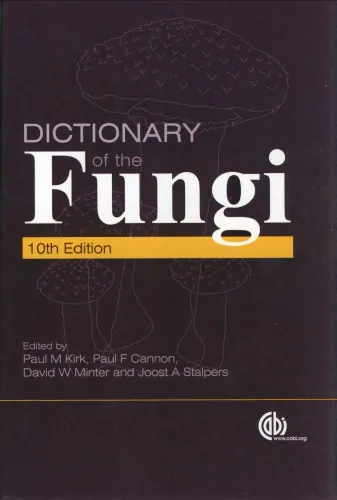





![Gray's Anatomy for Students [with Student Consult Online Access]](https://s3.refhub.ir/images/thumb/Gray_s_Anatomy_for_Students__with_Student_Con_2728_GXWaXqO.webp)
